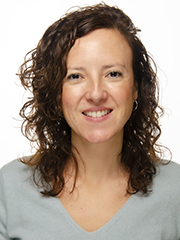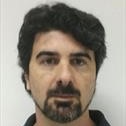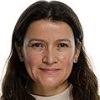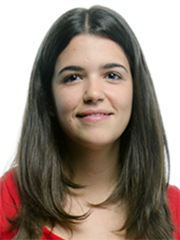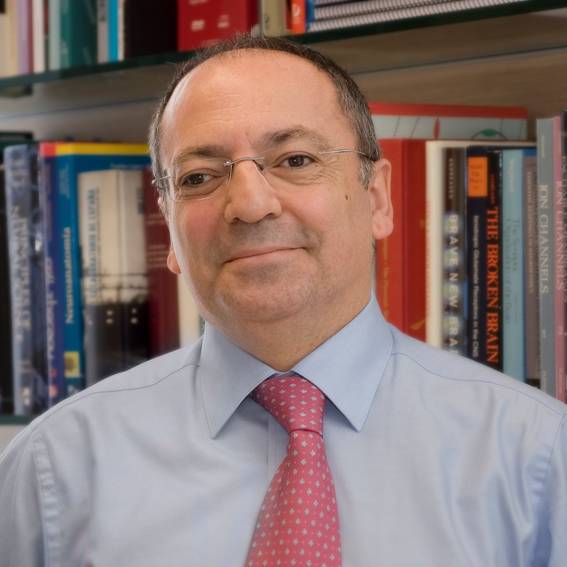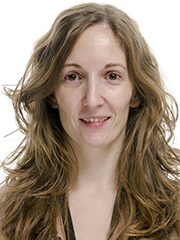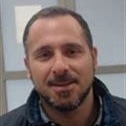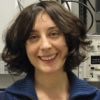University Master in Neurosciences: from the bench to the bedside
Start your research career in the Institute of Neurosciences: https://in.umh-csic.es/es/ (joint center UMH-CSIC)
OBJECTIVES
- Understand the basics of normal and pathological functioning of the nervous
system. - Know the scientific tools currently used in research in the field of Neuroscience.
- Identify the fundamental questions raised in the field of Neuroscience and the
possible experimental approaches for their resolution. - Collect scientific information critically, and write and present a relevant research
Project.
Pre-inscription and enrollment; guides to the courses
The Master in the web of the Institute of Neurosciences
MASTER DEGREE CONTENTS
The master’s degree consists of a total of 60 ECTS credits taught throughout an
academic year. It is structured in two semesters: in the first term, most of the
compulsory subjects (27 ECTS) will be taken. In the second term, students will take the
remaining compulsory subjects (13.5 ECTS), the Master Research Project (15 ECTS)
and an optional subject (4.5 ECTS). All teaching activities are taught at the Institute of
Neurosciences, located on the San Juan Campus of the UMH. Teaching is taught in
English.
Compulsory Courses
Advances in the genetic analysis and embryology in different animal models to study the nervous system
Advanced studies on information processing in the nervous system: synaptic transmission and plasticity
Neuroscience today
Advances in the study of neuronal communication: from the cellular level to the complete animal
Central unit of animals and cell culture facilities
Neuropathology
New developments in the study of the organization and cellular components of the nervous system
Functional imaging acquisition and image analysis
New Therapies
Optional Courses
Neurobiology of development: from neurogenesis to circuit formation
Neurogénesis:
- Los mosaicos genéticos como una herramienta en la disección de funciones celulares
- Determinación de precursores y especificación. Genes neurogénicos. Inhibicación lateral
- Divisiones celulares asimétricas: generación de diversidad neuronal
- Control de la proliferación neural y de la diferenciación en el SNC
Migración y diferenciación neuronal:
- Conceptos generales de migración neuronal
- Polarización neuronal. Papel del citoesqueleto
- Migración neuronal: neuronas piramidales vs interneuronas GANAergicas
Guía axonal:
- El desarrollo del sistema visual como un modelo para el estudio de la guía axonal y el reconocimiento de dianas
- Navegación direccional versus fasciculación
- Sinaptogénesis:
- Formación de sinapsis
- Estabilización y refinamiento de sinapsis
Corticogénesis:
- Poblaciones neuronales tempranas en el desarrollo de la corteza cerebral
- Papel de los factores intrínsecos y extrínsecos en la regionalización de la corteza cerebral
- Formación de giros corticales
Segundo semestre | 4.5 ECTS Teoría – 0 ECTS Práctica
- Guillermina López Bendito
- Víctor Borrel Franco
- Ana Carmena de la Cruz
- Eloisa Herrera González de Molina
- Salvador Martínez Pérez
- Javier Morante Oria
- Luis Andrés García Alonso
- Francisco Tejedor Rescalvo
- Verona Villar Cerviño
From ion channels to to information processing: a functional approach
- Procesamiento de la información visual. Arquitectura funcional de los campos receptivos retinianos, talámicos y corticales
- Encontrando una forma: emergencia de la selectividad de orientación en la corteza visual primaria como modelo de funcionamiento cortical
- Procesamiento de información en serie y en paralelo en la corteza cerebral
- Objetos visuales en su contexto: Qué nos dicen las artes visuales sobre la percepción
- Procesamiento de la información somatosensorial: Arquitectura funcional de los campos receptores de las vibrisas del ratón
- Contribuciones de las propiedades intrínsecas y snápticas en el procesamiento de la información somatosensorial
- Desarrollo y plasticidad de los campos receptores de la vibrisas y de la corteza en barriles
- Codificación de los estímulos táctiles en la corteza en barriles
- Conectividad anatómica, funcional y efectiva en el cerebro
- Plasticidad sináptica y reorganización de redes
- Micro-estimulación cerebral profunda
Segundo semestre | 4.5 ECTS Teoría – 0 ECTS Práctica
- Santiago Canals Gamoneda
- Miguel Maravall Rodríguez
- Luis Miguel Martínez Otero
Master Research Project
2º term
FACULTY
The Master’s faculty is made up of doctors who are researchers at the Institute of Neurosciences, where their research groups are located and where they carry out their research activity. As the Institute of Neurosciences is a joint UMH-CSIC center, the researchers that form it (and therefore the Master’s faculty) are UMH professors or CSIC researchers. Researchers from outside the Master who are experts in various areas of Neuroscience also participate in the teaching. This faculty is the main guarantee of a Master with a vocation to train you.















